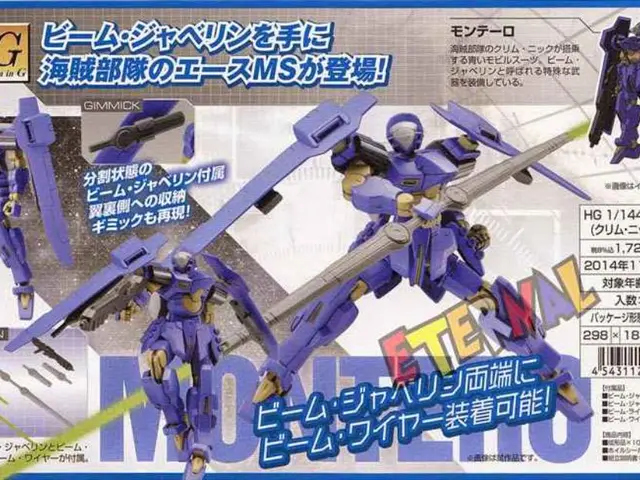Military's Futures Command Working on Simplifying Demands During Acquisition Transformation
The U.S. Army is undergoing significant changes in its acquisition process, with a focus on improving efficiency and accelerating capability delivery to Soldiers. One of the key initiatives driving these changes is the Army Transformation Initiative, which includes the merger of the Army Futures Command (AFC) with the Training and Doctrine Command (TRADOC) into a new "Training and Transformation Command."
AFC has implemented a process called Continuous Objectives Requirement Analysis (CORA), which takes a bottom-up approach to determining Army needs. To support CORA, AFC has developed an analytics tool that allows officials to search and evaluate all Army requirements using a large language model. This tool links each requirement to specific funding categories within the Army's equipping, sustaining, and training budget categories, enabling the service to identify redundancies and areas where resources can be reallocated.
The current status of the Army's Program Executive Office (PEO) structure reflects an ongoing phased reorganization focused on shifting from program-centric to capability-based portfolios. Effective August 1, 2025, PEO Enterprise reduced and realigned its O-6 project management offices from five to four portfolios aligned with Army business mission domains: Integrated Personnel and Pay System – Army (IPPS-A) focusing on personnel and force management, Enterprise Business Systems – Convergence (EBS-C) focusing on logistics and finance, Defense Integrated Business Systems (DIBS) focusing on acquisition, training, and readiness, and Enterprise Services (ES) focusing on enterprise services.
Separately, proposals for further consolidation of PEOs managing weapons programs are still under internal review. A tentative plan to reduce the Army’s 13 PEOs to about nine or seven “capability executive offices” is under consideration but not finalized or publicly announced. These decisions are being shaped by operational planning teams and influenced by the Army Transformation Initiative’s broader changes, including the AFC-TRADOC merger and cuts to weapon programs. Congressional and community stakeholder concerns are being addressed before final decisions are made.
The challenge with the new approach is that many proposed solutions fall outside the service's existing requirements and acquisition categories. To address this, AFC officials are working closely with the acquisition community to ensure the command's internal structures align with any changes to the Program Executive Office structure.
AFC is moving away from overly prescriptive contract requirements towards a more flexible approach that focuses on providing "characteristics of need" early during its experimentation phases. This allows the Army to consider innovative solutions from new companies and open up the requirements trade space. AFC is also leaning more on directed requirements to rapidly respond to emerging needs. To define broad problem areas and generate discussions with industry, AFC is using a new mechanism called the characteristics of needs statement.
The challenge of finding resources remains in the year of execution, but this approach allows for the leveraging of commercial tech that is available now and getting it in formations. AFC is actively updating how the Army defines and manages requirements, with a focus on delivering capabilities faster and more efficiently to Soldiers.
On Aug. 26, a one-day virtual event focused on building a federal workforce, called "Workforce Reimagined," will be held. This event is part of the Army's ongoing efforts to transform its acquisition process and better serve the needs of Soldiers.
[1] Army Futures Command [2] Army Transformation Initiative [3] Army Futures Command restructures PEOs [4] Army Futures Command reorganizes program offices [5] Army Futures Command to Merge with TRADOC
- The Army Futures Command (AFC) is working on a reimagined workforce, implementing a flexible approach to requirements that focuses on adopting commercial technology for faster and more efficient capability delivery to Soldiers, as demonstrated by their shift from overly prescriptive contract requirements to a more flexible approach.
- The Army Transformation Initiative, which includes the merger of the Army Futures Command (AFC) with the Training and Doctrine Command (TRADOC), aims to overhaul the federal workforce by hosting events like "Workforce Reimagined," fostering an environment that encourages innovative solutions and efficient resource allocation.




